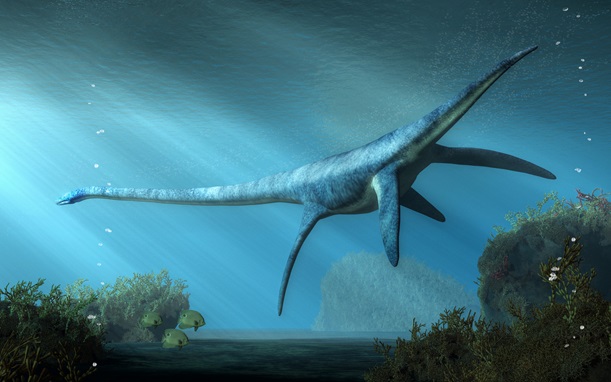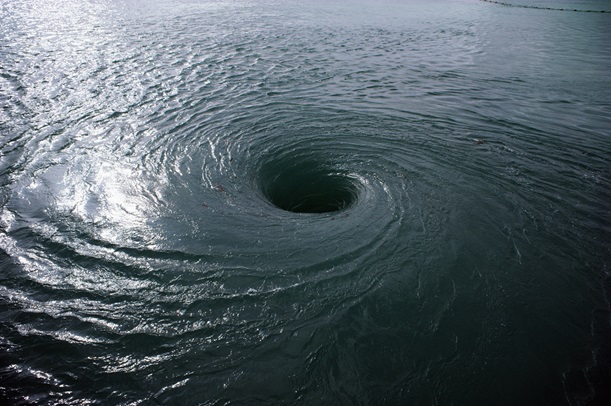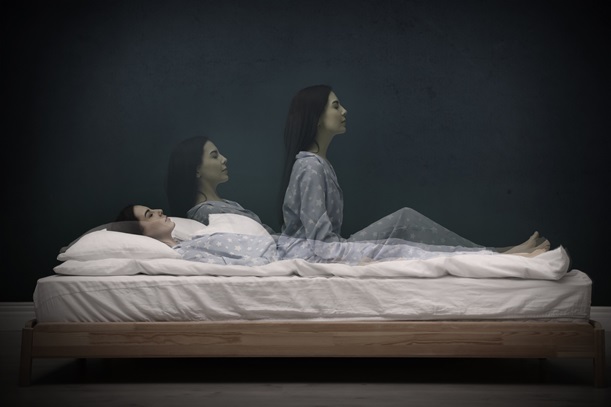Rocketing to 300 km above sea level is a pretty great way to get noticed — but for Dr. Sally Ride, having the spotlight was never the goal.
Even while actively making history as an astronaut and scientist, Ride continually eschewed efforts angling to praise her above others. In doing so, she redirected the spotlight to something she believed was far more deserving of everyone's attention: gender equity in the sciences.
"Just One of the Guys"
From the time her star rose as the first American woman in space to her retirement from NASA in 1987, Ride insisted on being treated as "just one of the guys," The Guardian reports. As many astronauts do, within a few years of joining the astronaut core, Dr. Ride became an expert in new areas, including flying jets, parachuting and, in her case, a new field: engineering for the shuttle's robotic arm.
This last skill led shuttle commander Bob Crippen to choose Ride to join the June 1983 shuttle launch, according to UC San Diego. To Ride, it didn't make a difference that she had specialized to earn her place, or that she was one of only five women singled out from an applicant pool of 8,000 — or even that she was going to attempt the first deployment and retrieval of a satellite using the robotic arm pallet. On the eve of her much-anticipated 1983 flight on the Challenger Shuttle, she insisted that there was "nothing different" about her flight.
Reimagining Leadership
In an age when a woman with a PhD in physics was one in a million, Dr. Ride maintained that what she had done and what she was about to do was business as usual. Her insistence that no crew member should be treated differently from any other was publicly perceptible, according to the Guardian. On the occasion of her historic flight into orbit on the Space Shuttle, Ride declined the flowers that were offered to only her rather than to the entire crew of the Challenger.
Dr. Ride's second flight was remarkable as well — not only for having the largest shuttle crew that had ever flown (seven members strong) but also for featuring the first female shuttle commander, Dr. Kathryn D. Sullivan, whose spacewalk was also a first by a female-identifying person.
Ride's third flight was unfortunately marked by tragedy. As the Guardian notes, when the Challenger exploded shortly after launch in January 1986, Dr. Ride's astronaut role was reassigned. She became a presidential commission investigator into the accident that killed her colleagues, classmates and friends.
Dr. Ride took this opportunity to highlight what she felt was important in her August 1987 report to the NASA administration. "Leadership cannot simply be proclaimed — it must be earned," she wrote. Ride then retired from NASA and did just that: earned her way into the leadership of the next generation of space explorers.
Spreading a Passion for STEM
Dr. Ride spent the next 25 years bringing space down to Earth. To help make space a key topic in science education, Ride authored seven space science books geared toward school-aged children. To help rectify the gender gap in STEM fields, she started Sally Ride Science. To this day, students entering third through 12th grade can enroll in STEM workshops through the Sally Ride Science Junior Academy.
Dr. Ride made it possible for children to control satellites. Borrowing the idea from JPL's KidSat, which had flown on shuttle missions, Ride directed the installation of EarthKAM aboard the International Space Station, NASA notes. EarthKAM continues to take and transmit student-requested images. Similarly, GRAIL MoonKAM allows middle-school students to request that specific photographs of the Moon's surface be taken by the lunar-orbiting GRAIL satellites "Ebb" and "Flow."
In addition to providing numerous educational resources, Sally Ride Science (SRS) hosts leadership events for female-identifying people to share ideas and create opportunities. The annual meeting is organized by Ride's longtime partner, Dr. Tam O'Shaughnessy.
Leaving Her Mark
Since her passing in 2012, Dr. Ride's image has been shared in special ways to commemorate her achievements. Not only has her visage graced a postage stamp, but soon, it will also appear on a special edition of the U.S. quarter, according to SRS.
Signs of Dr. Ride's legacy are also apparent in modern social movements that promote authenticity, equality and rights of personhood. The LGBTQ community has a hero in Dr. Ride, whose partner carries on her work. As Dr. O'Shaughnessy explains in a Space.com article, Dr. Ride was someone who lived a life consistent with her personal and professional values, leaving behind a legacy of being openly available as a means to promote inclusivity in the space community.
Dr. Sally K. Ride was so much more than the first American woman in space. At 32, she was the youngest American ever to travel to space. Even so, she exuded the genuine humility of someone more interested in what we as a species can do. In keeping with views about leadership and empowering potential, Dr. Ride made space accessible — literally, in the case of Ride EarthKAM and GRAIL MoonKAM — to children all over the world.
Through teaching, advocacy and her work as an astronaut, Dr. Ride raised the bar and shattered the glass ceiling while lowering barriers to entry for women in science, technology, engineering and mathematics. She created the space in which greatness for people of every gender and orientation becomes more achievable. She reminds us that brilliance is a universal trait — one that she mirrored back to a world full of people she believed to be equally capable, equally important and equally poised to rise to great heights.
Being on the forefront of change, especially regarding space, physics, and engineering has been part of the Northrop Grumman culture for generations. Click here to search jobs in these areas of scientific innovation.


